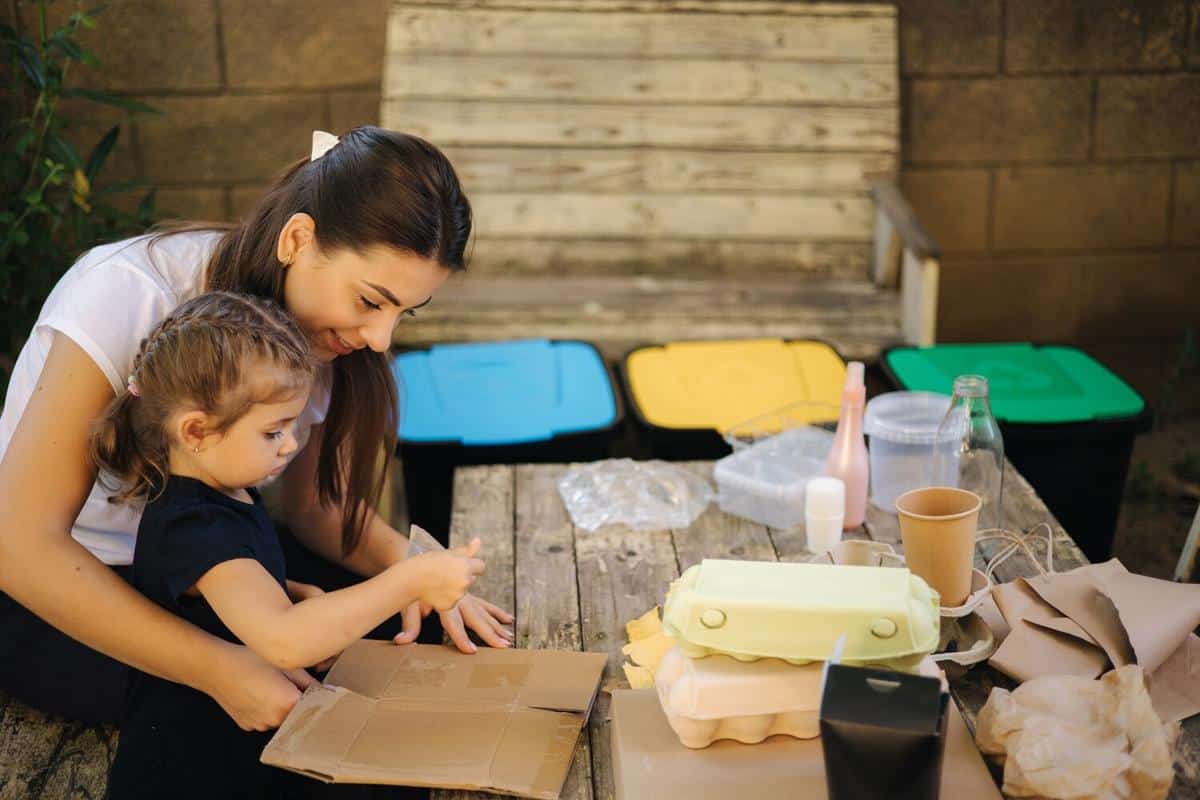
Teaching Kids Sustainability Through Recycled Crafts
Teaching children about sustainability can be both fun and educational, especially when approached through the creative lens of recycled crafts. By turning everyday waste into art, kids not only learn the value of recycling but also develop critical problem-solving skills and creativity.
As concerns about environmental issues grow, more parents and educators are looking for ways to instill eco-friendly values in children. According to the Environmental Protection Agency, recycling helps conserve resources and reduces landfill waste, making it a crucial habit to develop early on.
Why Recycled Crafts?
Recycled crafts offer a tangible way for kids to engage with sustainability. Maria Thompson, an environmental educator, explains that “crafting with recycled materials helps children understand the lifecycle of products and fosters a sense of responsibility towards the environment.” This approach not only reduces waste but also encourages creativity and innovation.
Statistics Highlighting the Importance
Data from the EPA shows that recycling rates have tripled over the last 30 years, yet a significant amount of recyclable materials still end up in landfills. Encouraging kids to participate in recycled crafts can be a small but impactful way to address this issue.
Getting Started: Simple Recycled Crafts
- Cardboard Box Creations: Transform old boxes into imaginative playhouses or robots.
- Plastic Bottle Planters: Cut and decorate plastic bottles to create planters for small plants.
- Tin Can Lanterns: Use empty cans, punch holes, and add a candle for decorative lanterns.
These projects not only recycle materials but also provide an opportunity for family bonding.
Personal Experiences
Take, for example, Emily, a mother of two, who shares how her children turned old magazines into colorful collage artworks. “It was amazing to see their excitement as they created something beautiful out of what we would normally throw away,” she recalls.
Actionable Tips for Parents
Here are some tips to help you get started with recycled crafts at home:
- Set up a recycling station with craft supplies.
- Encourage children to come up with their own project ideas.
- Discuss the environmental impact of different materials.
- Visit local recycling centers or art exhibits for inspiration.
Comparison of Recycled Materials for Crafts
| Material | Craft Ideas | Environmental Benefit |
|---|---|---|
| Cardboard | Playhouses, Sculptures | Biodegradable, Easy to Find |
| Plastic Bottles | Planters, Bird Feeders | Reduces Plastic Waste |
| Glass Jars | Vases, Candle Holders | Reusable, Versatile |
| Metal Cans | Lanterns, Drums | Recyclable, Durable |
| Old Clothes | Rag Dolls, Quilts | Reduces Textile Waste |
| Magazines | Collages, Paper Beads | Encourages Paper Recycling |
| Egg Cartons | Flower Pots, Caterpillars | Biodegradable, Compostable |
| Wood Scraps | Birdhouses, Sculptures | Natural, Reusable |
FAQs
How can I ensure safety while crafting with kids?
Always supervise children, use child-safe scissors, and avoid materials with sharp edges.
What age is appropriate for recycled crafts?
Most crafts can be adapted for kids aged 3 and up, with adult supervision.
How do I encourage my child to think creatively?
Provide a variety of materials and let them lead the project with their own ideas.
Conclusion
Teaching kids sustainability through recycled crafts is a rewarding experience that combines fun with learning. By engaging in these activities, children gain a better understanding of environmental conservation while developing their creativity and problem-solving skills. So gather some materials, unleash your child’s imagination, and start crafting a more sustainable future together.


